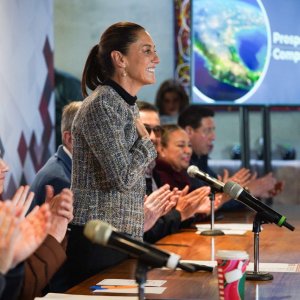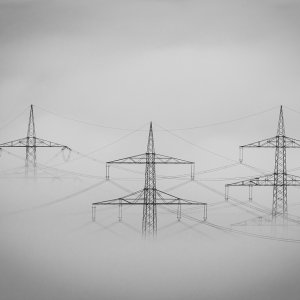
The Road To Diversification
In addition to opening the door to new entrants, the Energy Reform has had another significant impact on the country’s energy mix: diversification. In line with Mexico’s energy goals, the mix has seen an increase in clean and renewables sources, since the Peña Nieto government initiated the reform. “This administration will conclude with 31 percent of clean energy generation. Taking into account intermittency in effective generation, the total is around 21 percent. Nevertheless, with the installation of new plants, the country evolved from 62,000MW in 2012 to 78,000MW in 2018. Half of the additional 16,000MW comes from clean energy sources,” says Fernando Zendejas, former Deputy Minister of Electricity at the Ministry of Energy.
According to the PRODESEN 2018-32, solar topped the list of renewable technologies in terms of annual growth in 2017, increasing 144.8 percent from 2016. The most important leap belonged to distributed generation, which grew a whopping 1,246.7 percent in the same period. This was buttressed by a reinforced regulatory framework and mostly led by solar, although the figure encompasses all renewable sources.
In 2017, the latest period when full data is available, combined cycle powered 50 percent of the country’s electricity generation. The second-ranked participant source was conventional thermoelectric with a 13 percent share. Hydropower provided 10 percent of the mix. Coal plants accounted for 9 percent of electricity generation, turbogas represented 4 percent of the provided energy and finally internal combustion and fluidized bed provided 3 percent, while clean sources other than hydro accounted for the remaining 11 percent. This means that in 2017, about 79 percent of the energy produced came from conventional energy sources. President López Obrador’s National Electricity Plan foresees a 26 percent increase in installed hydropower capacity by modernizing existing infrastructure and according to CFE’s budgetary plan, combined cycle thermoelectrics, carbon plants, conventional vapor centrals and diesel plants will be strongly reinforced. AMLO has also stated that zero shutdowns are expected during his administration, putting in doubt the Ministry of Energy’s Indicative Program for the Installation and Retirement of Electricity Centrals (PIIRCE).
ELECTRICITY PROVIDERS
CFE’s electricity plants generated 52 percent of the country’s power supply in 2017. Independent power producers provided 26.7 percent and the remaining 21.3 percent was provided through self-supply, cogeneration, small production, exports, FIRCO and distributed generation schemes. The energy policy in the coming years will be directed toward self-sufficiency, led by CFE. Nevertheless, the industry is convinced public and private partnership is what it takes to cope with the country’s energy needs while diversifying its matrix. “Injecting competitive forces into Mexico’s energy market contributes to minimizing energy trading and power generation costs with little to no governmental investment,” says Leonardo Beltrán, former Deputy Minister of Planning and Energy Transition. “The long haul should also focus on strengthening the market and going beyond political cycles because six years in the energy industry is a rather short-term time frame.”
THE GOAL: CHEAP ELECTRICITY
The end goal of these efforts is simple: lower electricity prices for end-consumers. From large-scale off-takers to residential users, the Energy Reform’s promise becomes tangible through lower electricity bills but, as with any other radical transformation, this will happen at a gradual pace. The fundamental guidelines are established and now it is up to the market to continue this growth.
An important milestone to this end was the change in methodology for calculating electricity tariffs, which means that now the real generation price is reflected. “The possibility of having these tariffs that recognize the generation cost means that people now think about their electricity bill,” says Guillermo García, President Commissioner at CRE. “When the electricity bill is subsidized, people do not worry about looking for other options, installing solar panels, hiring a supplier, entering a bilateral contract or any other option. We are now seeing more businesses worry about having an electricity strategy for their companies.”















